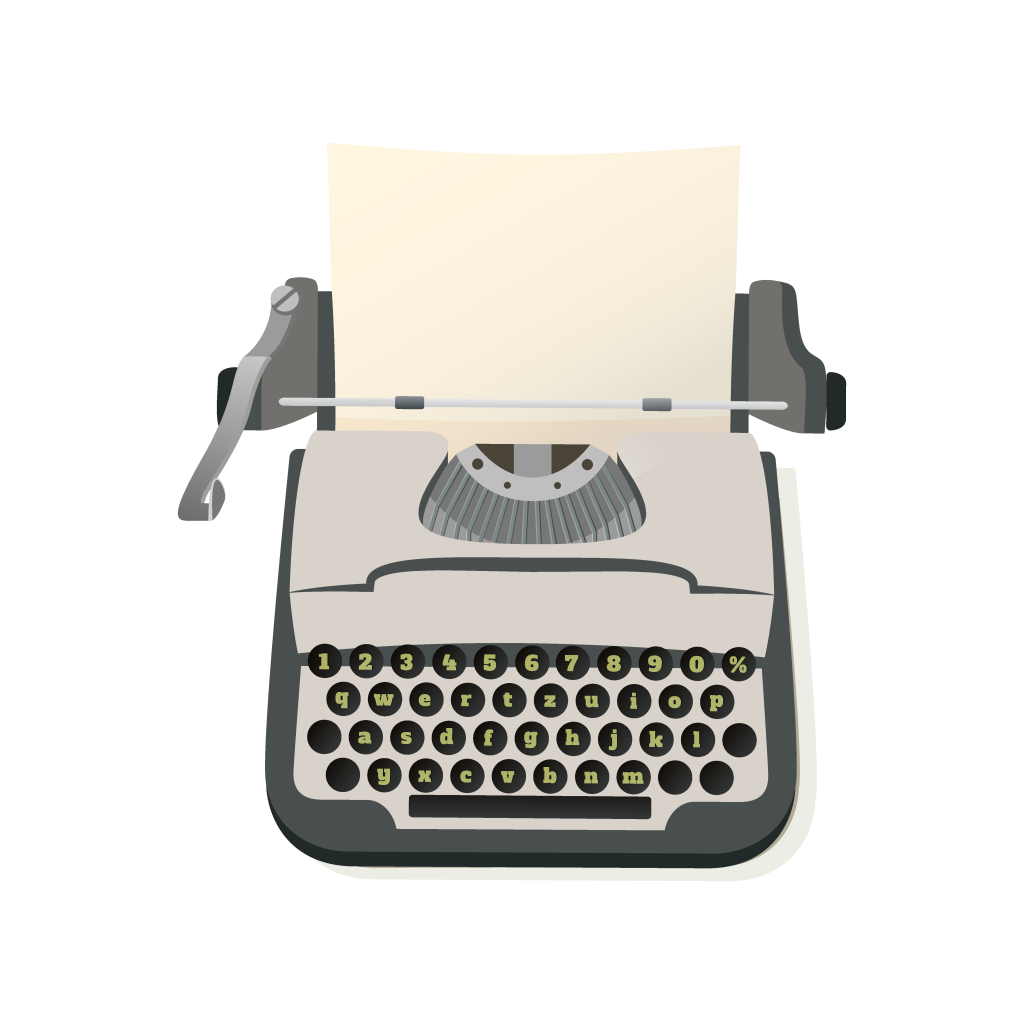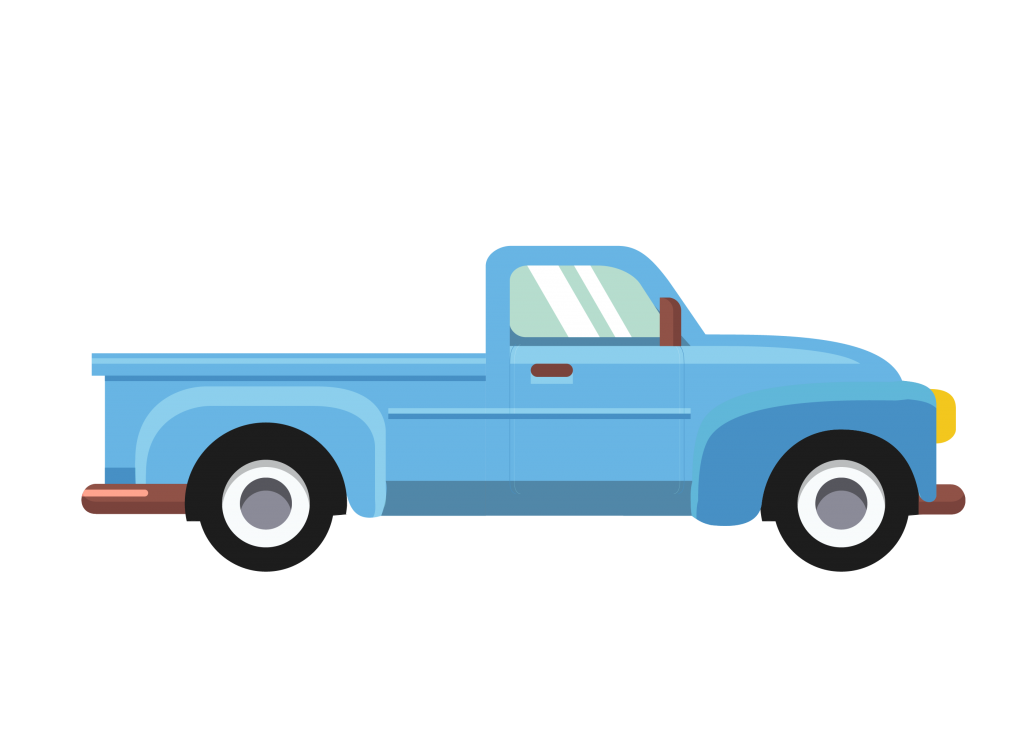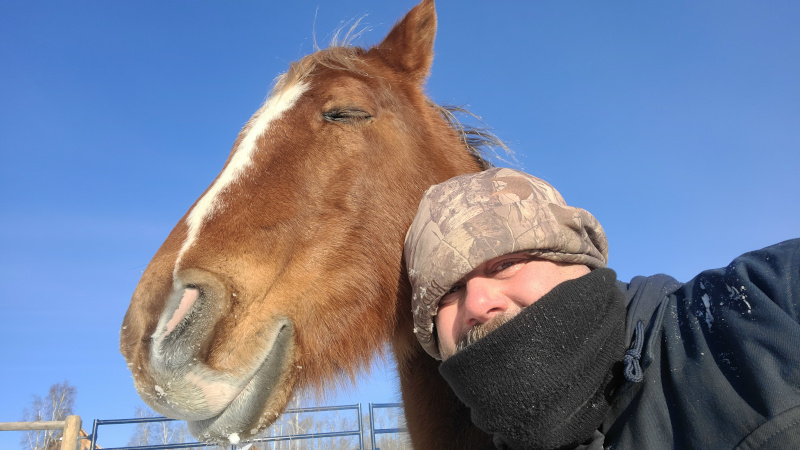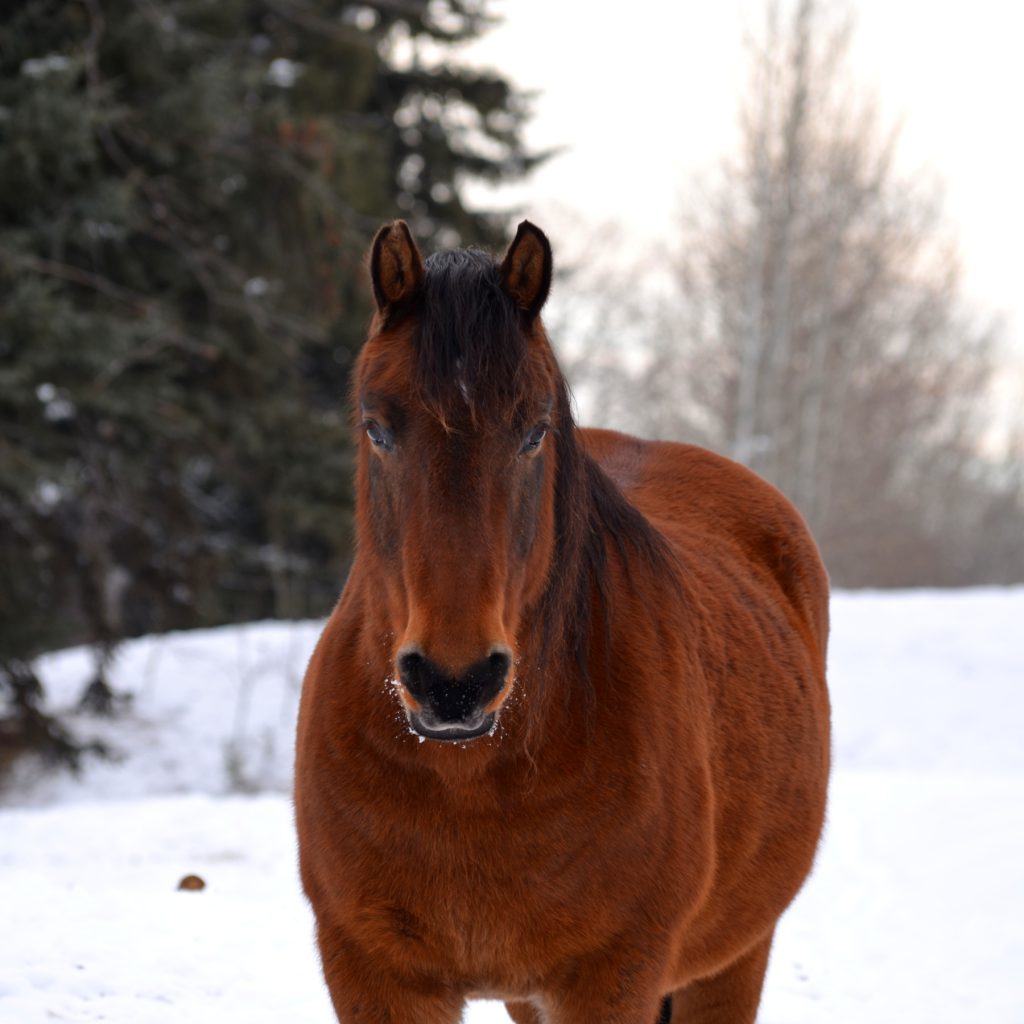Learning takes time.
As humans, we wouldn’t start a math course and end it in mere minutes. We wouldn’t start a new job that requires new skills and expect to be proficient right off the bat. Our learning is broken down into components that we assemble with time and practice.
Our path of learning a skill really has two distinct parts. The first is a narrow focus on exactly what we’re doing. We concentrate on each move. The second is when we transition to processes that gradually become automatic through practice and repetition. When we reach that stage we no longer consciously focus on the intricacies of what we’re doing.

I’m performing an automatic process as I craft this article: typing. I don’t need to think about where each finger is going and where each key is. My fingers act out a much practiced act of converting a word in my mind into a series of motions on the keyboard. It could be classed as a skill, but really, it’s automatism: performing a complex action without conscious thought.
Driving is yet another example. When we’re learning to drive, how much to push the gas, how many degrees to turn the steering wheel, the act of pushing in a clutch and shifting are all very much in the forefront of our mind. But after years of driving, we don’t think about those things anymore; our body just performs them.
Our ability to automate a complex, precise act like typing or driving didn’t happen instantly. It took time. Perhaps months. And that process didn’t come seamlessly; we made mistakes. We pushed too hard on the brake. We hit the wrong key on the keyboard. We turned too much at too high a speed.
That we make mistakes is an indication of something necessary in any journey of learning: the confidence to try without fear.
If you were petrified of hitting the wrong key on the keyboard, our learning process would be greatly inhibited because it would force us to keep that action in our conscious mind. We’d focus on it intently.

I remember learning to drive with Dad in “Old Blue” – our three speed 3/4 ton pickup. We were driving around Vulcan, Alberta. I stalled that truck more than once. At one intersection, I stalled it after stopping at a stop sign. I looked up and a fellow in the truck opposite us just smiled at me. I think Dad was laughing. That fellow knew exactly what was going on and his smile was supportive. He could have flipped me off because I’d delayed his trip by two seconds. But he didn’t. Screwing up the clutch work wasn’t such a big deal. That allowed me to try. To improve without the fear of consequence.
In the last few months I’ve spent many hours on my tractor. I’ve operated some new tractors, where changing from forward to backward is a simple as flipping a lever on the steering column. My 20 year old tractor is anything but that. Everything is manual and there are no fancy joysticks or programmable functions. To drive forward, pick up a load, lift it, move it and dump it requires using both hands and feet. In the beginning, clumsy for sure. But now I don’t even think about what I’m doing – my hands and feet operate independent of my conscious thought. And I had the time to advance that process without pressure: my own tasks on my own property.
When pressure is put on us to perform simultaneously with learning, it can be tough. The very first time I flew a 737 – after simulator training, of course – was from Calgary to Toronto on the red-eye. I was nervous and didn’t sleep that great. Of course, sleeping during the day isn’t that easy anyway. It was night. Toronto is a busy airport. There are a lot of lights all over the place – somewhat overwhelming after having spent years flying in the arctic. My landing was less than ideal, simply because it felt like there were so many things going on and they were happening so fast. I pounded that plane on the runway hard enough that I heard the flight attendants, over the PA system, joking about how much the landing sucked. But with time, practice and repetition, landing smoothly at busy airports became routine.
Learning to drive and learning to land big jets came out of a supportive atmosphere, where those that were training me recognized the struggles, because they’d been there before.
Learning takes time.
And for those instructing, it requires a skill that’s seemingly simple, but all too easily forgotten. That skill is: waiting.
- To stay in place in expectation of.
- To pause for another to catch up.
- To look forward or hold back expectantly.
If learning takes time, which is something we’d all agree on, then waiting is intrinsically part of that process as well.
Our Human Struggle
There are a couple of places that we, as human beings, struggle with waiting when we’re working with horses. One is quite obvious: we’re not horses. When I think back to being taught to drive Old Blue, Dad understood the process of learning how to coordinate the hands, feet and timing to shift gears. He understood this because he’d learned in the same way. Likely, his style of teaching was the same as his father’s.
But we’re not horses. No one has taught us to whoa, nor change leads nor collect. Therefore we lack a fundamental understanding of what it’s like to learn those things. It’s hard to empathize without understanding what the other party is going through.
Now, we couple that problem with another one: our society’s current understanding that we can have whatever we want immediately. Amazon shipping is great example. You can be riding your horse, think about something you need, pull your phone out and order it and collect it off your doorstep in the morning. Want to watch a movie? You don’t need to go to a store to rent it, or wait for it to be aired on TV. With a couple clicks of the remote, it’s playing on your TV. If that isn’t fast enough, just ask your smart device: “Alexa, play Jurassic Park on the living room TV.”
An expectation coupled with a lack of intrinsic understanding is a recipe for frustration for both you and your horse.
What’s one answer? Waiting.
How do we perform this simple task?
Brains of sentient animals, like humans and horses, have a lot in common. We’re able to make associations and learn patterns.
Associations are specific understandings of connections between actions and results. For example, if you’d never seen steam before, you would be tempted to touch it. You’d be burned and form an association that steam can cause a burn. Horses I work with have the association that a touch of the rein means: focus on Scott and release at the poll.
Patterns are actions, that, when executed sequentially, yield a desired result. Asking for a whoa is a pattern. We might sequentially execute the following:
- Think about the place we’re going to stop.
- Build up energy for the whoa
- Pick our chest up and engage our seat
- Release our energy down
- Say the word, “whoa”
- Touch the reins to assist in a shift of balance to the hind end
- WAIT
You’ll likely have similar steps to asking for a whoa if you were to write them out. You’ll notice that I added another step to the end: WAIT.
Lets think about our driving scenario again. Dad might have said to me, “Push in the clutch and then put the truck into first gear.” That’s all he’d have to say. Then, he’d give me the opportunity to figure it out, as he sat there waiting for me to do it.
Learn more about creating a great whoa in our video:
“No Whoa?“
Click on the video to check it out.
Waiting is a choice. He could have nit-picked at me until I did it the way he wanted, but that would be counterproductive to developing my own feel for the exercise. It would negate the fact that I have a brain and need to learn on my own. It would cause needless anxiety. It would be an obstruction to allowing my brain to create that automatic process.
When we’re working with horses, it’s important to keep in mind that they also need time to make associations. To think. To put things together. To process and understand. Not only that, their brains, like ours, require repetition and feedback in order to automate a task. It can help to think of what they’re going through in human terms. Consider learning to type. I’ll put money down that you didn’t glance at the keyboard for a few seconds and then start typing at 75 words per minute. It took time for you to program your brain to that automatic action. I’ll bet you wore the backspace button out with all the errors you had to correct.
It’s important when introducing a new skill to a horse, or working on an existing one, that we allow them the same grace in learning that we ourselves expect. Simply because we know what we want and how to ask it, does not mean the horse can comply or even understand.
Recently our AHC LIVE! Show topic was about creating a “whoa”. It’s a great example of the power of waiting. In that show, one of the things I mentioned was that when we ask a horse to whoa, it’s important that we don’t cease to lead. “Whoa” does not mean that we stop, it means that we continue to present our stop request until the horse stops. That might take a few seconds. It might take the length of the arena. What if our horse only came to a stop because they ended up facing the arena wall?
So what? Is that so bad?
We got our stop, didn’t we? It was what we desired. So we let the horse know that’s what we were looking for. It doesn’t have to be perfect and it doesn’t have to happen right away. The point is that we’re developing a skill. A skill that we and our horse are going to perform together. In order for our horse to learn a skill – a good whoa for example – it starts with our relationship. Does our horse have an understanding that they can follow us? Are we able to present requests in the way horses understand?

I’ve found that supportive and positive relationships work so much better than forcing the issue through submission / obedience. It’s important that we realize that right and wrong don’t really exist – those are judgement based concepts that horse’s can’t understand. What is ultimately important is the ability to follow, produce effort and try. Instead of making the right thing easy and the wrong thing hard, how about we simply make what we desire clear and obvious? How about we answer questions before they’re asked? How about we recognize, support and praise every try along the way? Wouldn’t that make more sense than having our horse guess until they find the right answer?
And this is where waiting comes in. When we ask, we wait and let the horse come to an understanding and try. If they struggle, we can simplify our request or change it in order to facilitate their comprehension.
Can you imagine how confusing it would have been for me to learn to drive Old Blue if my dad hadn’t been patient? What if, after two seconds of me thinking about how to shift, he got annoyed and reached out and shifted the gear lever himself? What if he said, “Stop! Just let me drive.” What if he got mad every time I got it wrong, but never showed me what right was? What would that have done to my anxiety? My self esteem? My willingness to continue trying?
It’s a good thing that wasn’t the case. The positive experience I had learning to drive a standard went towards my self confidence and ability to try. That works equally well with horses. What a great thing.
On a Larger Scale
As humans, we’re aware of the fact that every individual is unique, including horses. Every horse will bring to the table a unique set of needs, abilities and struggles. Like humans, they also have different ways of learning. Some horses take longer.
An interesting study was done by Harvard University. A group of grade 9 students were used as subjects in a study to determine what effect time had on learning. interestingly enough, the study concluded that there was no correlation. The other conclusion – which seems quite obvious – is that mastery was the predictor of success in a course, not time. My thought is that if mastery is the key, then time is a factor since each individual requires a different amount of time to master something.
A postulation in the study was the education should focus on mastery instead of having fixed-pace programs. Again, that makes total sense. That would require that the program take into account the individual and their specific needs. Although desirable, that may not be practical in large scale programs.
When working with horses, however, we do have that flexibility. We don’t crowd 150 horses into a lecture hall and train them all together at once. Instead, horses have 1-on-1 time with a trainer. Theoretically, this would allow 100% flexibility in the training program. But again, this is rare; the phrase, “30 days training” unfortunately sums that up quite nicely. Many training programs focus on completion of the program and what the trainer is able to accomplish in a fixed set of time. The program may not at all address the needs of the horse, which are likely neither identified nor considered.

When working with my wild horse, Zeus, waiting was an integral part of the process. His needs were acceptance, an understanding of humans, and integrating into a new domestic herd with an entirely foreign way of life. Its an ongoing process. He’s been with me for over five years now, and every year I can point out some leap that he’s taken with trust or integration in the herd. With respect to me, time was crucial. In order for him to trust me, I had to let him discover me and offer him the time required for our relationship to take root. Waiting was the key.
The result? Zeus will try anything for me. The first time I got on his back, our first ride and his first time under saddle were exceptionally uneventful.
The herd-mate he had in his short stay in his first home bucked his rider off after their three-day colt starting program. What’s the rush? Why not avoid that scenario altogether. Again, waiting allows us the time not only to create a trusting relationship, but to discover exactly what our horse needs and the speed at which they’re capable of progressing, something that will increase proportionally with our relationship.
Waiting and Automatism
The communication between ourselves and our horses can, with time and practice, become automatic as well. My mare, Belle, and I have been there for years. Neither one of us has to think about what the other is asking. Neither one of us has to try to figure it out. We’re like a couple that have lived together for so long they finish each other’s sentences. I never need to think about what I’m doing and how I’m doing it when I ride her.
Today I rode Chip. He’s Belle’s son, and he had the privilege of being the first horse that I’ve ridden on a trail at our new property. I was super pleased because many of those relationship fundamentals were demonstrated, with clarity, in our ride. He followed my focus. He shared my enthusiasm to ride out and explore. He had no problem leaving the herd, in fact, he wanted to keep on going when I asked him to turn back. He’s a horse that follows my energy like no other. Transitions up and down don’t require anything physical from me, at all. But we didn’t start there. We built that over time as we learned about each other; as I learned to communicate with him. Like every horse, he’s unique and the training we do continues to be based on his needs. And today on the trail, he reminded me so much of his mom.
We would never have made it to the point we’re at if I hadn’t given him the time he needed to figure things out. To figure me out. And amazing connection that will continue to develop.
Relational horsemanship has at its foundation a relationship. One that evolves and grows with our horses over time. One of my personal goals with horses is that they come to understand that my role is to lead, support and assist. We can do a great job of that simply by learning how to present our requests in understandable ways and then…waiting.
Scott Phillips
January 2022

